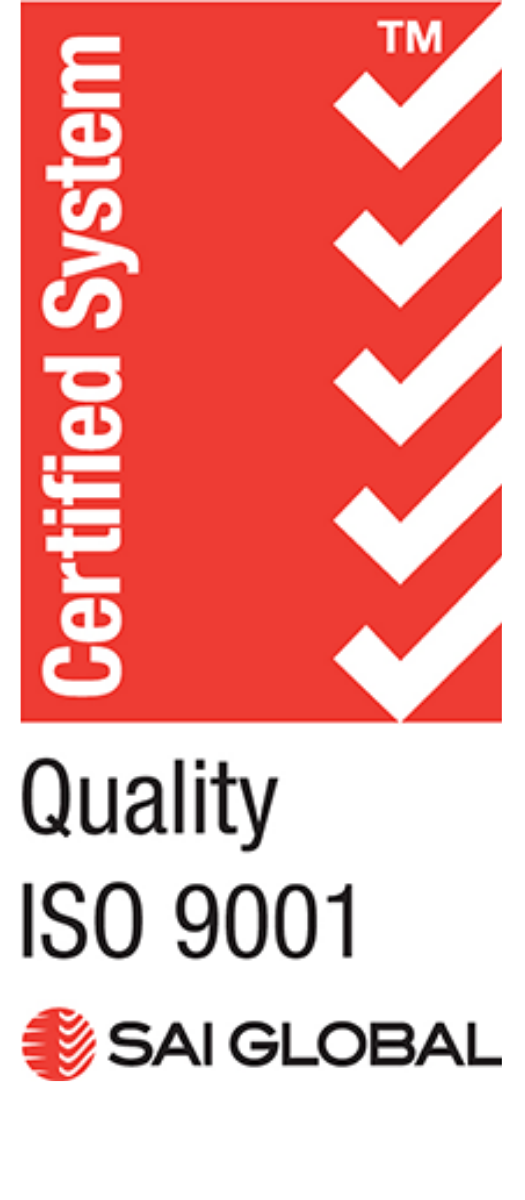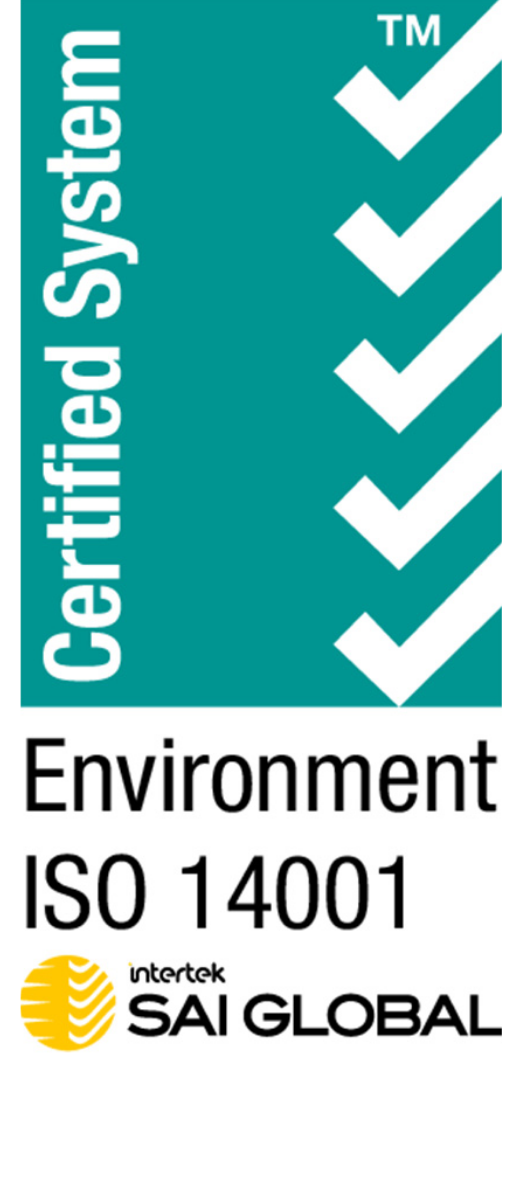
Digitisation and Digitalisation: What Means What?
Digitisation and Digitalisation: What Means What?
Digitisation and digitalisation, they sound the same, but do they mean the same thing? No, not even close. Which is a problem because the Australian government is trying to put together a strategy for the digital economy and we all need to be on the same page.
Definitions
What is Digitisation?
Digitisation is the process of converting information from a physical format into a digital one.
For example: John scans a signed NDA and saves this scan as a PDF. He then saves this PDF to his C drive.
What is Digitalisation?
Digitalisation is the process of leveraging digitisation to improve business processes.
For example: Jane scans a signed NDA and saves this scan as a PDF. She then uploads this PDF to the cloud so she can access the NDA anytime and anywhere.
Digitisation Versus Digitalisation
In the above examples, both John and Jane have digitised a part of their business process, but Jane's business process is more digitalised. She is leveraging digitisation to improve business processes to a greater degree.
While digitalisation carries implicit positive connotations, digitisation does not.
Digitisation is an act that may enable digitalisation, but the latter always requires the former.
Digitalisation example: meeting minutes
Imagine a business that wants to use AI in their daily operations, starting with their morning C-Suite meetings. Because these meetings are important, everyone agrees the CEO’s PA should take the minutes — but they are split on how AI should be used to capture and share them.
-
The CEO suggests using Public AI tools like ChatGPT.
The PA could copy and paste the meeting notes into ChatGPT to summarise. The CEO argues this would be fast and simple. However, this approach risks sensitive company data being stored outside the business, which is not compliant with privacy or IP controls.
-
The COO suggests a hybrid approach.
The PA types the notes and uses a cloud AI service with enterprise controls (e.g. Microsoft Copilot) to polish them into a professional summary before emailing them as a PDF. This is more secure than public AI, but the data still leaves the organisation’s boundary.
-
The CTO suggests using Local AI.
By setting up a Local AI instance, the PA can drop raw notes into an internal interface that works just like ChatGPT, but the AI runs entirely within the organisation’s environment. Summaries are automatically stored against a meeting page template accessible only by the leadership team. This way, historical minutes are searchable, secure, and linked to relevant actions — all without data ever leaving company systems.
In some cases, the CEO’s suggestion (public AI) might be the quickest option, but it exposes the business to compliance and security risks. The COO’s approach provides a middle ground, but still relies on external services. The CTO’s Local AI solution is the most robust, enabling digitalisation with privacy, compliance, and organisational control — and for most organisations, this is the best long-term approach.
What is Digital Transformation?
Digital transformation is another word that appears alongside digitisation and digitalisation. Basically, digital transformation is the impact caused by the process of digitalisation.
Lets recap:
Digitisation is the process of converting information from a physical format into a digital one. When this process is leveraged to improve business processes, it is called digitalisation. The results of this process are called digital transformation.
For example, the internet has resulted in a digital transformation of the advertising industry.
Digital advertising can be measured more easily and more accurately than traditional advertising. A good example of this is mail (paper mail versus email).
Paper mail (the kind that is stuffed in your letterbox) is a scattergun approach for businesses: you have no idea if you are wasting time and money. Email is the opposite, you know how many people received your email, how many opened it and what pieces of content they engaged with. And that is only the beginning. When an email can create direct sales, a business can simply track email sales. Plus, this capability is built into most email clients (such as MailChimp).
Email marketers spend considerable time looking over emails and comparing percentages, and, as a result, have a good idea what is working and what is not working.
As a result, modern creatives now need an analytical mind. This is because there is massive potential to create more targeted and personal messaging and thus, better ads.
Articles likes this in AdAge (Meet Today's Analytic Creative) highlight the digital transformation of the advertising industry as a result of the internet and what it enables, including social media marketing.
We Can Help You Digitalise Your Business
Custom software development is becoming a necessity in today’s globalised, digital economy. This is because the internet has lowered
barriers to entry, meaning anybody anywhere in the world can become your competition. In many cases, off-the-shelf software does not
adequately solve the business problem. Businesses need to leverage digital technologies to improve business processes, and the best way to
do that is with custom software development.
Australia’s Digital Economy Strategy 2024
The Australian government continues to expand its digital economy initiatives as part of its plan to become a top 10 digital economy and society by 2030. In 2022, the government released an updated Digital Economy Strategy, further committing to the advancement of digital technology, infrastructure, and skills.
As of the 2024-25 Federal Budget, the government has allocated $1.7 billion over ten years to support its ‘Future Made in Australia’ strategy. Key initiatives include:
• Quantum Computing: $466.4 million invested to build the world’s first commercial-scale quantum computer in Brisbane.
• Digital ID System: A $288.1 million investment to expand the Digital ID System, aimed at making online identity verification safer and easier for Australians.
• AI and Robotics: $39.9 million to support the responsible development and deployment of AI technologies, along with the release of a National Robotics Strategy.
• Combatting Scams: $67.5 million for implementing mandatory industry codes designed to combat online scams and fraud.
These initiatives align with the concept of digital transformation, demonstrating the importance of leveraging digitalisation to enhance business competitiveness. The government’s emphasis on safe and responsible use of technology further highlights the evolving landscape of the digital economy in 2024.
The Danger of Inaction
The danger all businesses face is being left behind by more innovative and disruptive competitors. Digital transformation, like the COO
suggested in the first example, is a considerable undertaking and certainly carries risk. Inaction, however, is even more risky.
Conclusion
Remember, digitisation is the process of converting information from a physical format into a digital one, and digitalisation is leveraging this process to improve business competitiveness. The results of this process are called digital transformation.
With the Australian government’s continued investment in the digital economy and initiatives like building a commercial-scale quantum computer, expanding the Digital ID System, and promoting responsible AI, now is the perfect time for businesses to embrace digital transformation.
Whichever road you choose, buying software or building your own, good luck and happy transforming!




.png)











